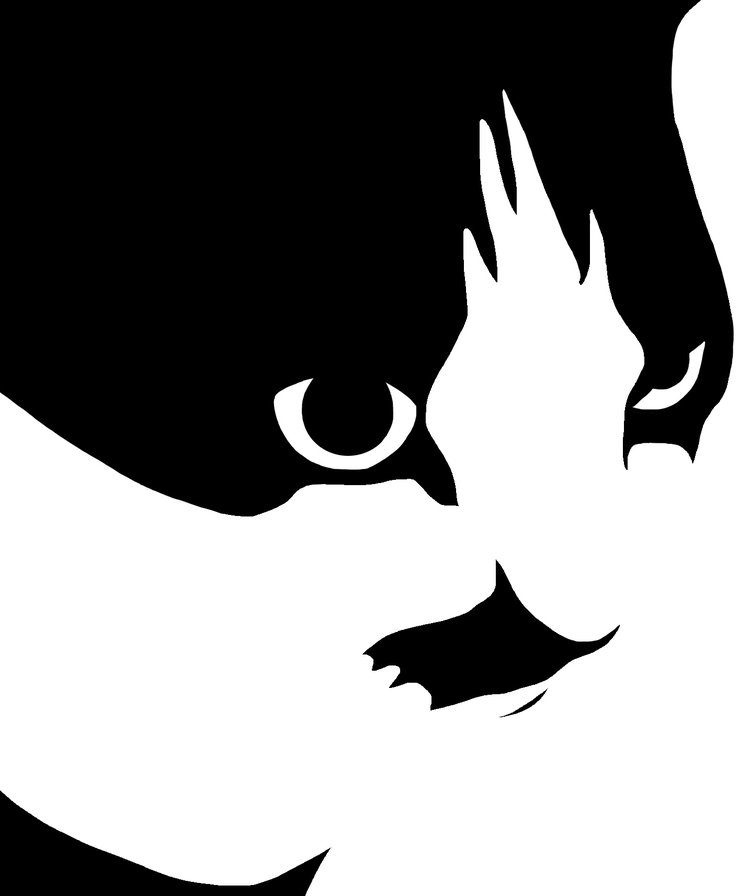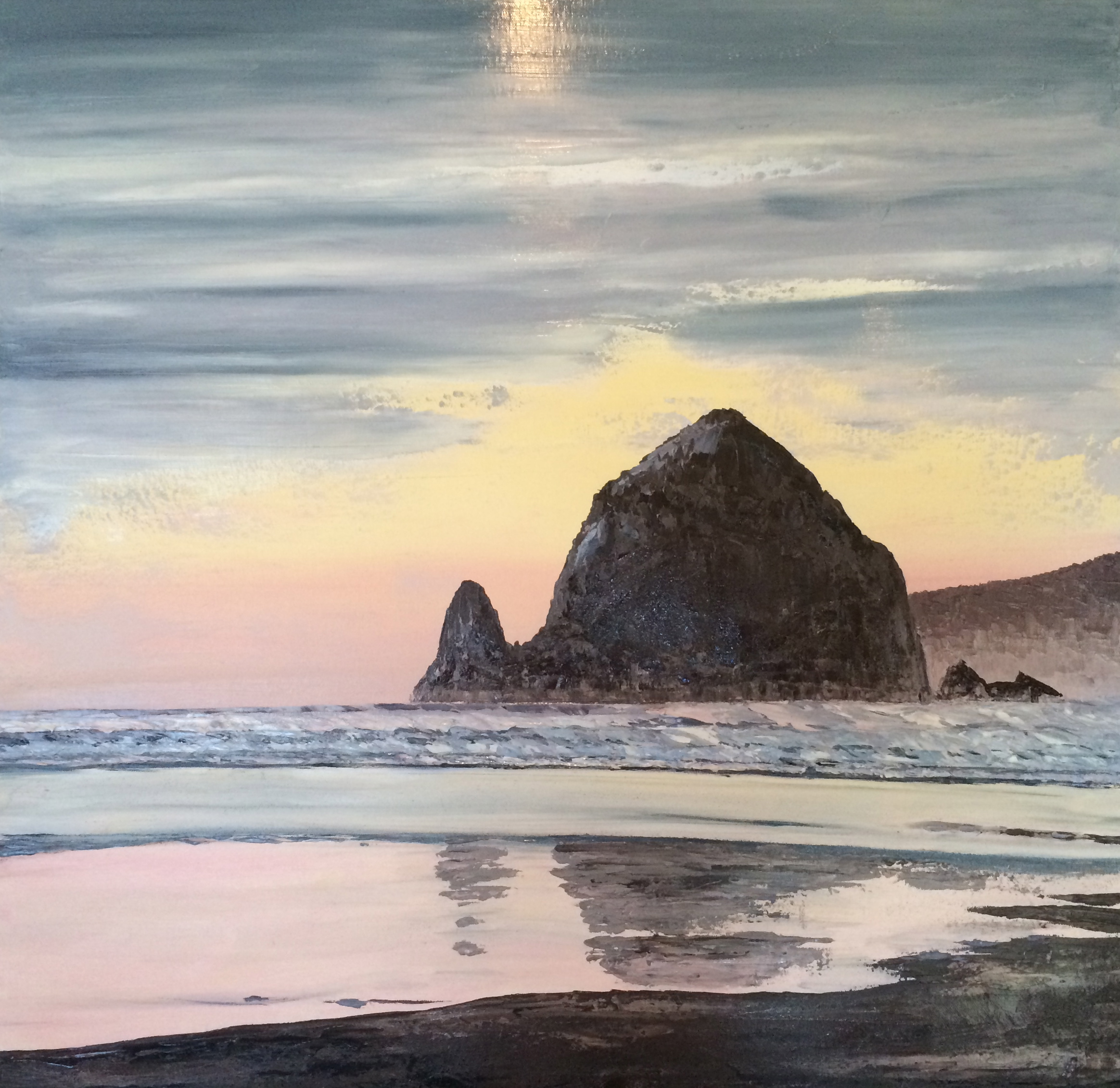Haystack Rock has seen better days.
As one of the most photographed and painted features on the Oregon Coast, it has seen its share of both masterworks and wasted paint. Today was not a win.
I started out with the best of intentions. A nice burnt umber wash to give me a map for when the paint starts to fly. Maybe I should have stopped here.
A promising start
Then I wanted to make sure that the colors of the sky were dramatic, but soft, like it was when I saw it last.
Sky background, clouds, water that seems to be heaped up in the middle.
Then I tried to layer the clouds over the sky. I don't think the Rock ever recovered. Sometimes the fun of seeing the scumbles of paint left behind when I pull a loaded palette knife over a canvas takes over, and my original intention is forgotten in the moment.
Also an issue, as with all my seascapes, was the water. I seem to have lost the straight line I gave myself as a guide, and the ocean has developed a definite tilt. But I'm not done. That could be a good thing, or just a delay of a trip to the dump for this $50 canvas.
Here comes the rock. The water has evened out, but needs more work.
Okay. The water is less awful, but in an attempt to give some interest to the gray sky (why? that's the color of the sky here most of the time), I have made a dog's breakfast of it. Some of it is dried paint from another session, some of it is new. I was hoping that the dried paint would lend an interesting chunkiness to my new palette knife strokes, but it just looks like a grisly accident.
Water is done. foreground is done. What the hell is happening in the sky?
I walk away and think. More, in this case, has not been better, and even more will undoubtedly be worse. There is only one thing, other than a bonfire, that may work.
Sometimes with thick oil paint thinned only with linseed oil, mixed strictly for use with a palette knife, reaching for a brush is not feasible. Only one tool is built for this job: the human hand. I use my kindergarten training and start finger painting. Later, after putting my entire palm (and then lots of studio soap) to work, it may live another day. It will never be a masterpiece, but it might not be a piece of garbage either. I'll see how I feel in the morning.
Palette knife abandoned for fingers and finally, full palm to calm the skies.





